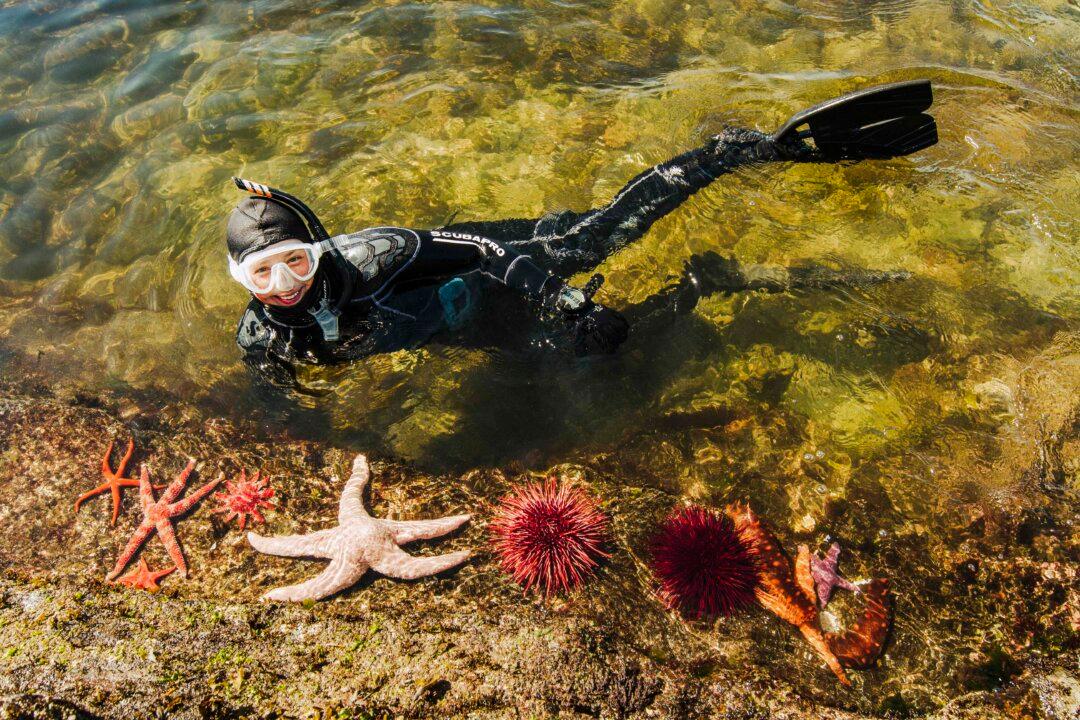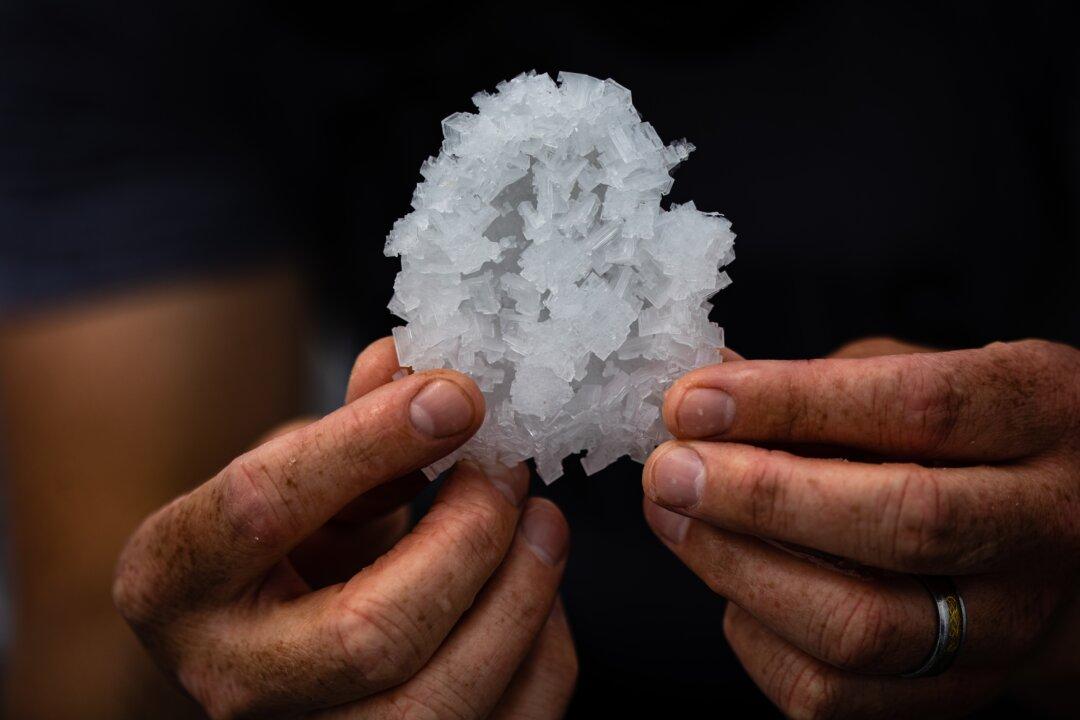Cucumbers move.
Not fast, mind you, maybe 6 inches a minute. But moving they are, and I’m watching, on a bright, early summer morn near Ketchikan, Alaska. The encounter represents several exotic facets of modern American life, ranging from visionary business formation to impressive garment technology to the wonders of nature. And it’s a profound travel experience that may be quite unique.





